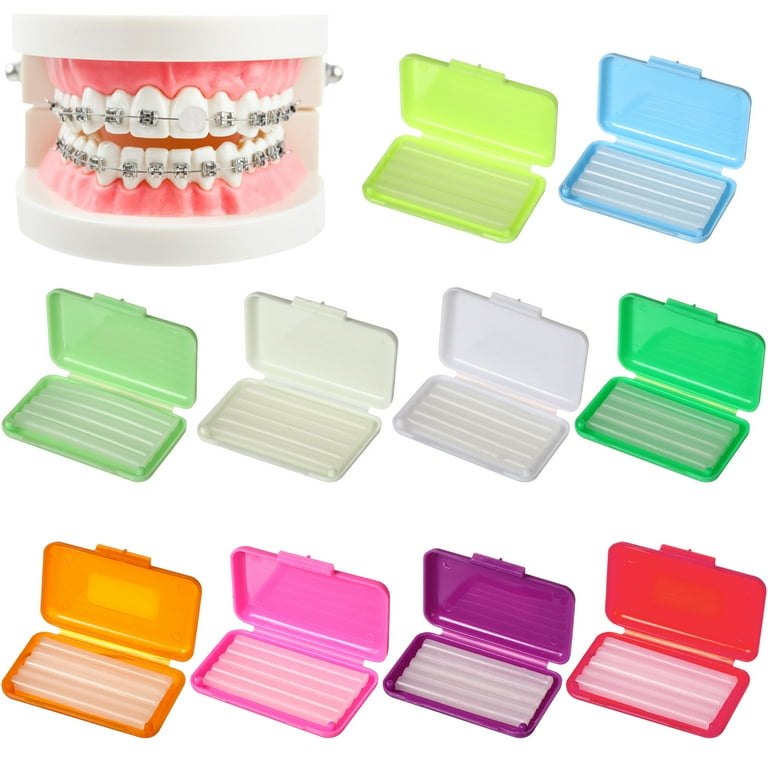Comprehensive Guide to Orthodontics Treatments for Correcting Dental Imbalances
Recognizing the details of each treatment, including their devices, advantages, and prospective downsides, is vital in making educated decisions about one's orthodontic therapy. As we browse through the thorough overview to orthodontic treatments for correcting dental imbalances, the detailed information of each approach will unravel, dropping light on the path towards a practical and harmonious dental placement.
Orthodontic Procedures Summary

In enhancement to traditional dental braces and clear aligners, orthodontists may additionally recommend various other treatments like headgear, palatal expanders, or retainers to resolve specific placement issues (orthodontics). These procedures are customized to each patient's unique demands and might involve a combination of treatments to attain the wanted results. Routine changes and monitoring are important components of orthodontic therapy to make certain progression gets on track and to make any type of necessary modifications along the method. By undertaking orthodontic treatments, people can not just attain a straighter grin but likewise enhance their total dental wellness and function.
Conventional Dental Braces: Just How They Function
When thinking about orthodontic therapies for dental imbalances, typical braces attract attention as a time-tested approach for dealing with teeth positioning. Standard braces include brackets, cords, and bands that collaborate to use constant stress on the teeth, slowly relocating them into the desired positioning. The braces are attached to the teeth utilizing an unique adhesive, and the cables are threaded through the brackets. By readjusting the tension of the cables, orthodontists can control the direction and pressure put on each tooth, assisting them into appropriate placement in time.
One trick facet of exactly how standard dental braces job is the process of bone improvement. As stress is put on the teeth with the dental braces, the bone bordering the teeth is improved to sustain the brand-new tooth positions. This remodeling is important for the lasting security of the corrected alignment. Clients will certainly require routine modifications at the orthodontist's office to make certain the dental braces remain to apply the appropriate pressure for effective teeth motion.
Invisible Aligners: Benefits And Drawbacks
Unseen aligners use a very discreet and hassle-free alternative to standard dental braces for correcting oral misalignments. These clear, customized trays are practically invisible when used, making them an appealing alternative for individuals looking for a much more aesthetically pleasing orthodontic therapy. One of the primary benefits of unnoticeable aligners is their removability, enabling much easier upkeep of dental hygiene compared to typical dental braces. People can eliminate the aligners prior to eating or cleaning their teeth, minimizing the risk of food obtaining stuck in the appliance and streamlining the cleansing process.

Surgical Orthodontic Options
Surgical interventions in orthodontics present feasible choices for attending to complicated oral misalignments that may not be efficiently fixed with traditional orthodontic treatments. While unnoticeable aligners and conventional dental braces can fix numerous orthodontic issues, certain cases need surgical intervention to attain optimum results. Surgical orthodontic choices are generally recommended for extreme malocclusions, substantial jaw inconsistencies, and situations where the underlying bone structure requires alteration to accomplish proper placement.
One typical medical orthodontic treatment is orthognathic surgical treatment, which involves rearranging the jaws to remedy functional issues such as problem speaking or eating. This surgical treatment is typically performed in collaboration with an orthodontist who aids line up the teeth before and after the treatment. Surgical orthodontics may also include procedures to subject impacted teeth, get rid of excess gum cells, or reshape the jawbone to develop a much more unified facial profile.
Before considering surgical orthodontic alternatives, clients undertake an extensive analysis to identify the necessity and possible benefits of such treatments. aligners. While surgical procedure may seem daunting, it can significantly enhance both the feature and aesthetic appeals of the smile in situations where conventional orthodontic treatments fail
Retainers and Post-Treatment Treatment

Post-treatment care entails complying with the orthodontist's directions faithfully. This may include proper oral health techniques, participating in follow-up appointments, and using the retainers as recommended. Failing to abide with post-treatment care instructions can lead to regression, where the teeth progressively relocate back in the direction of their initial positions. Consistent retainer wear, good oral health, and routine dental exams are essential for maintaining the outcomes attained via orthodontic surgery and guaranteeing the long-lasting security of the dealt with oral alignment.
Verdict
To conclude, orthodontic treatments provide numerous options for correcting oral imbalances. Traditional dental braces utilize metal braces and cables to shift teeth into proper placement. Undetectable aligners supply a more very discreet option yet might not appropriate for all instances. Surgical orthodontic choices are available for more extreme misalignments. Retainers are commonly made use of post-treatment to preserve the brand-new positioning. Overall, orthodontic treatments can effectively boost dental wellness and aesthetic look.
As we navigate with the detailed guide to orthodontic treatments for fixing dental check this site out imbalances, the intricate details of each method will certainly unfold, losing light on the path toward a useful and unified oral alignment. - braces
One of the most typical orthodontic therapies is the usage of dental braces, which consist of metal brackets and cords that use mild pressure to gradually move teeth right into the desired position.When taking into consideration orthodontic therapies for dental misalignments, standard dental braces stand out as a reliable method for remedying teeth placing. Furthermore, unseen aligners might not be suitable for complicated orthodontic problems that need even more significant teeth movement, as they are usually suggested for moderate to modest instances. Retainers are customized orthodontic gadgets developed to hold teeth in their remedied settings after the conclusion of orthodontic therapy.